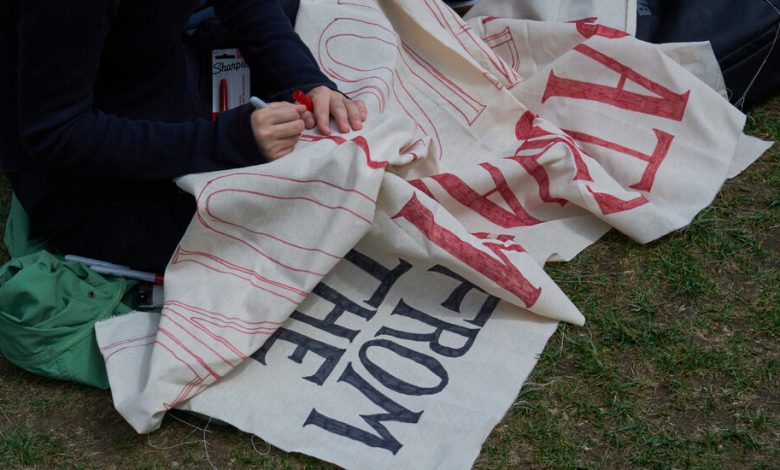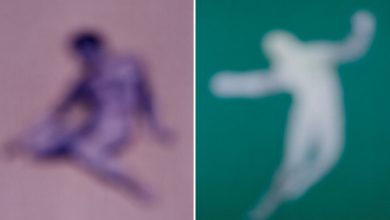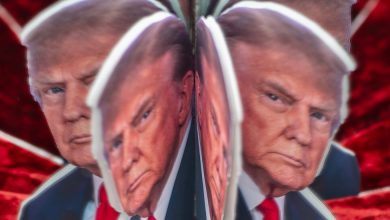What Students Read Before They Protest

When I was a college undergraduate 25 years ago, the fancy school that I attended offered what it styled as a “core curriculum” that was really nothing of the sort. Instead of giving students a set of foundational courses and assignments, a shared base of important ideas and arguments, our core assembled a grab bag of courses from different disciplines and invited us to pick among them.
The idea was that we were experiencing a variety of “approaches to knowledge” and it didn’t matter what specific knowledge we picked up. There was no real difference between taking the late Helen Vendler’s magisterial “Poems, Poets, Poetry” survey class or taking instead a course on “Women Writers in Imperial China: How to Escape From the Feminine Voice.”
At the time I looked with a certain envy southward, to Columbia University, where the core curriculum still offered what the name promised: a defined set of important works that every undergraduate was expected to encounter. Against the belief that multiculturalism required dismantling the canon, Columbia insisted that it was still obligatory to expose students to some version of the best that has been thought and said.
That approach survives today: The Columbia that has become the primary stage for political drama in America still requires its students to encounter what it calls “cornerstone ideas and theories from across literature, philosophy, history, science and the arts.”
This is an admirable goal, and also a useful one, since it gives a clear look into what kind of “ideas and theories” the current consensus of elite academia deems important to forming citizens and future leaders — including the future leaders currently protesting at Columbia and other campuses around the country. It helps pin down, in a particular syllabus, general impulses that anyone with eyes to see will notice all across the meritocracy, from big Ivies to liberal arts colleges to selective high schools and middle schools.
The Columbia core’s requirements include many of the traditional “Great Books” — Genesis and Job; Aeschylus and Shakespeare; Adam Smith and Alexis de Tocqueville — along with readings in the sciences and exposure to music and fine arts. They also include sources obviously intended to diversify the traditional core and bring it up to date — some from the medieval and early modern past, many from the 20th century.



